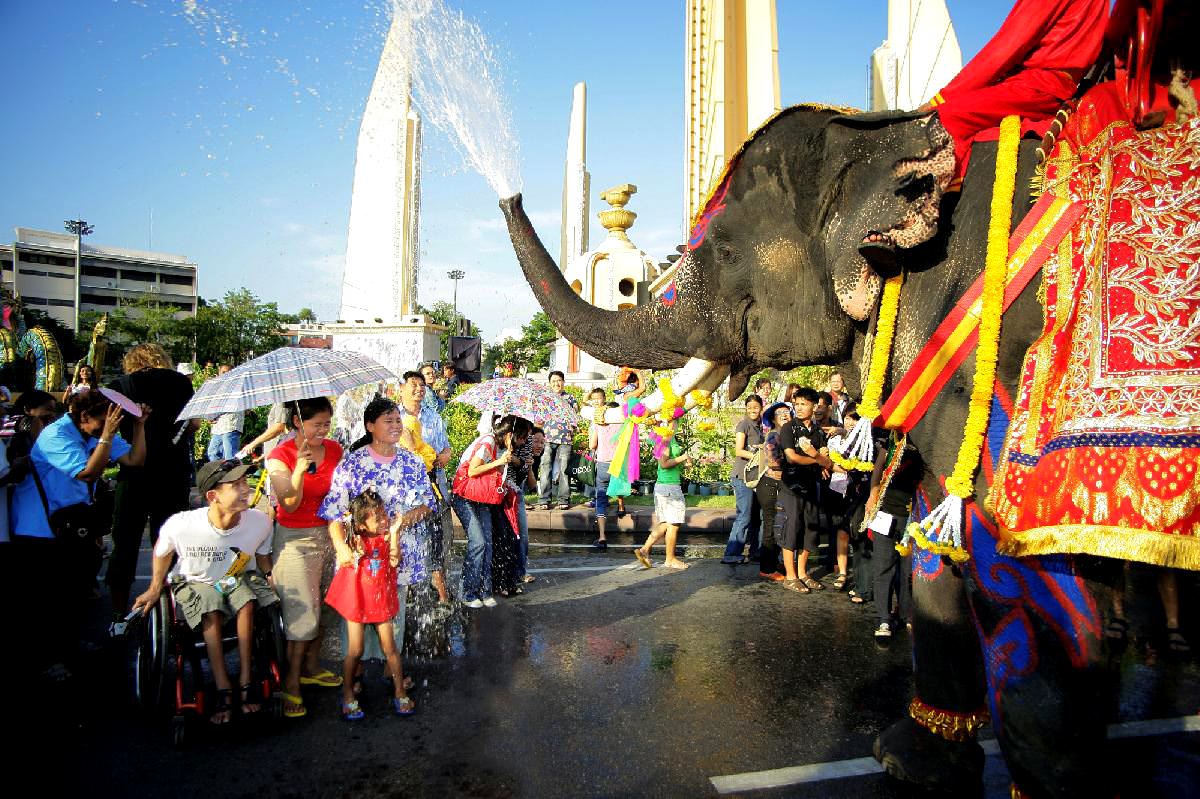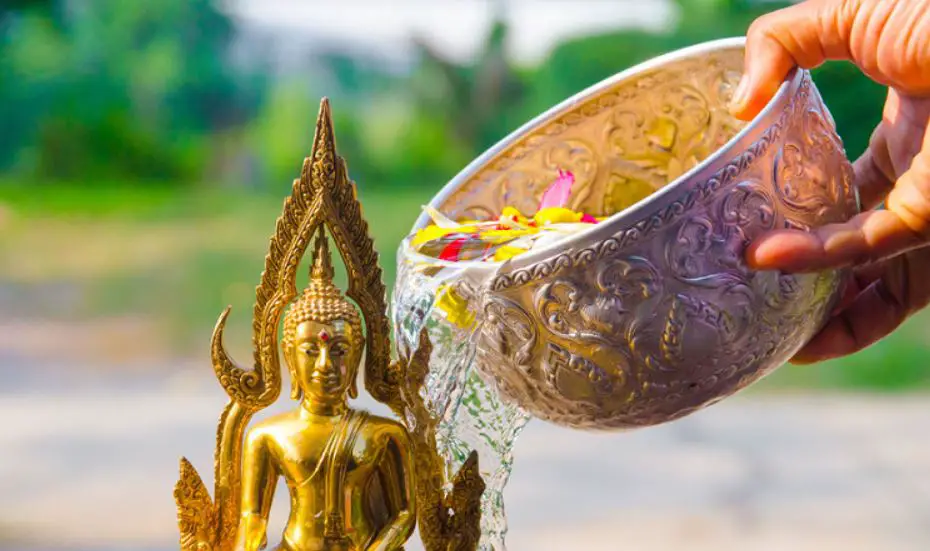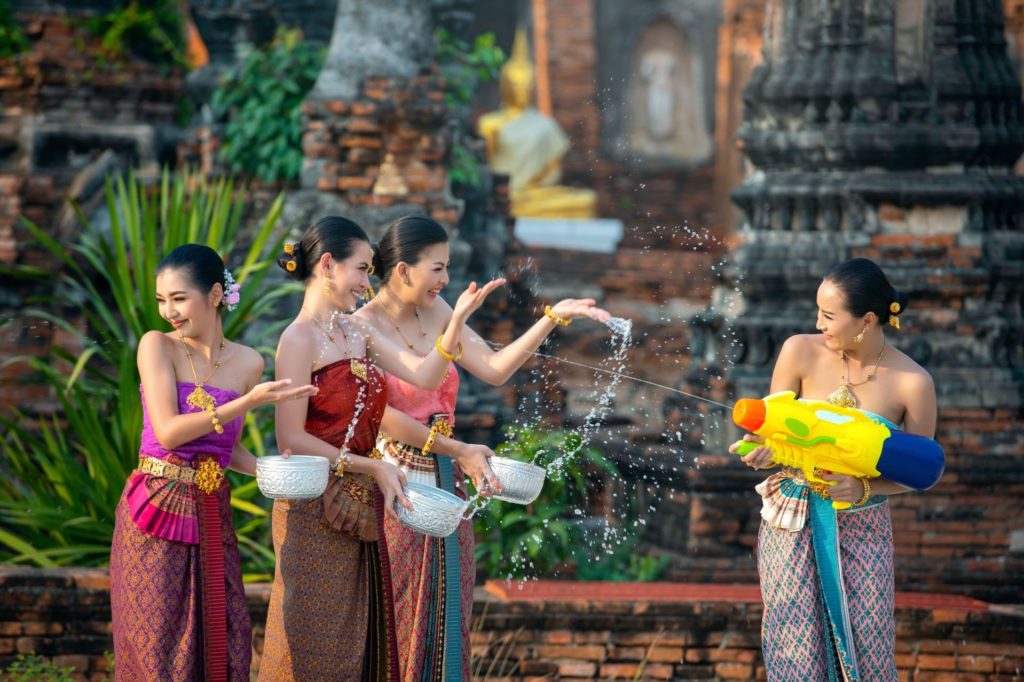We’re here to make sense of Indian traditions in a way that feels simple and real. Hopefully, you’ll find answers to questions you’ve wondered about—but maybe never said out loud.
UMeDesi.com
India is a diverse subcontinent with a lot of regional cultures, languages and traditions.
While January 1st is also celebrated as the New Year’s day along with the rest of the world, there are a lot of different New year celebrations in different parts of the country based on several traditions – mostly to do with the arrival of spring.
The dates are different as are the traditions and names and how they are celebrated. So take a look at all the different New Years’ celebrations from India and nearby regions.
Below is a collection of some of these New Year celebrations and where they are celebrated.
Other New year festivals in SE Asia:
Songkran | Thingyan |Chaul Chnam Thmey| Pi Mai
What other similar new year Festivals are celebrated in nearby countries?
Interestingly some of the countries near India have their own unique new year celebrations that are deeply rooted in their cultural traditions.
Here are some examples:
Songkran: This is the new year festival of Thailand and is celebrated in mid-April.

It is also known as the water festival, and people celebrate by splashing water on each other, visiting temples, and offering food to monks.
Thingyan: This is the new year festival of Myanmar and is celebrated in mid-April.

It is also known as the water festival, and people celebrate by splashing water on each other, visiting temples, and offering food to monks.
Chaul Chnam Thmey: This is the new year festival of Cambodia and is celebrated in mid-April.

People clean their homes and decorate them with flowers, and visit temples to offer prayers and make offerings.
Pi Mai: This is the new year festival of Laos and is celebrated in mid-April.

People engage in various customs and traditions, such as cleaning homes, wearing new clothes, preparing special dishes, offering prayers to deities, and exchanging gifts. They provide an opportunity for people to come together and celebrate their rich cultural heritage.



